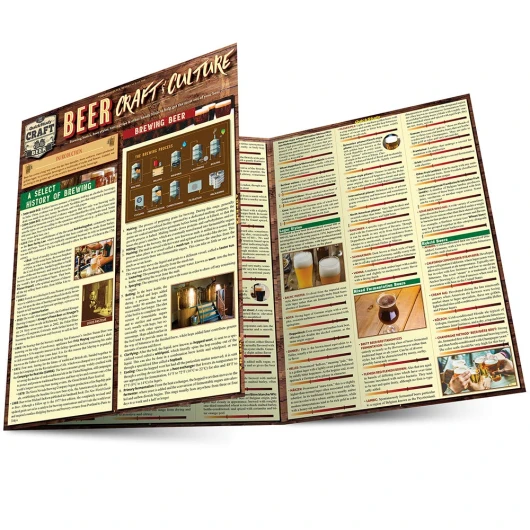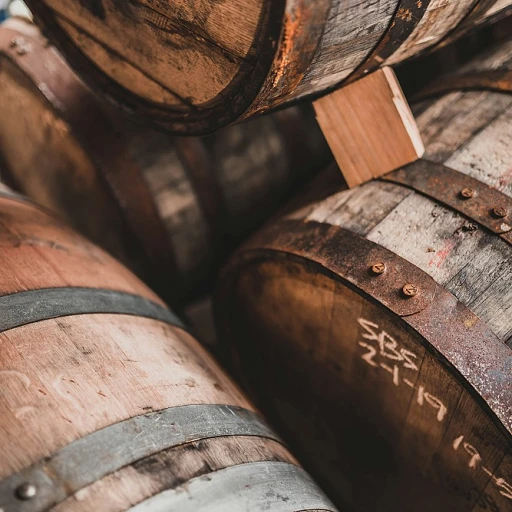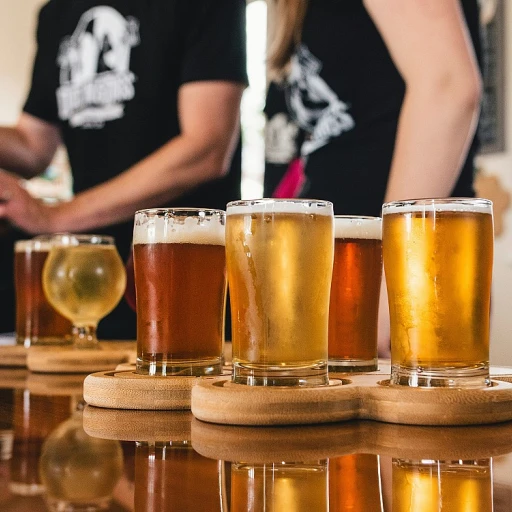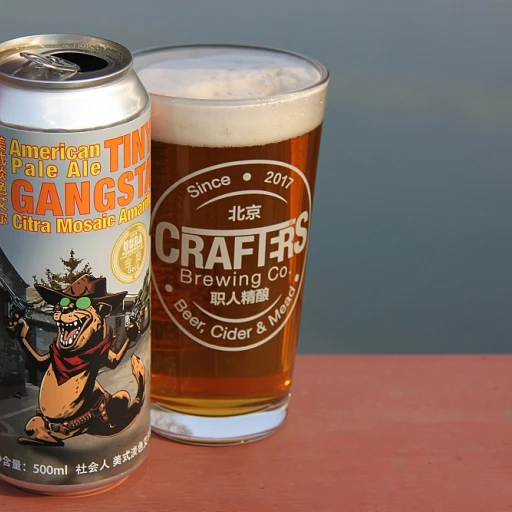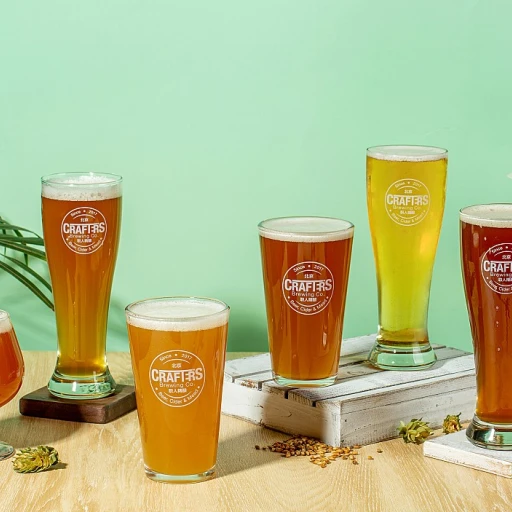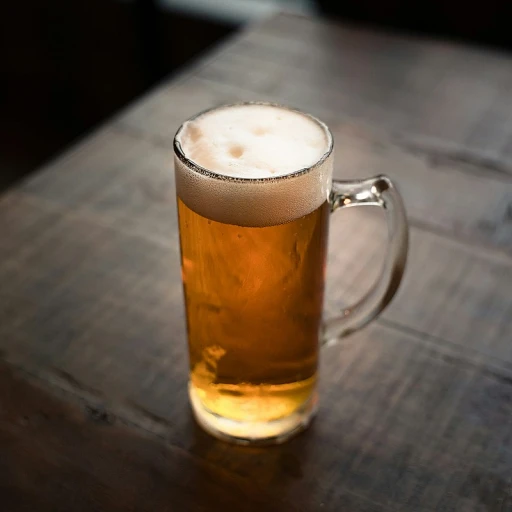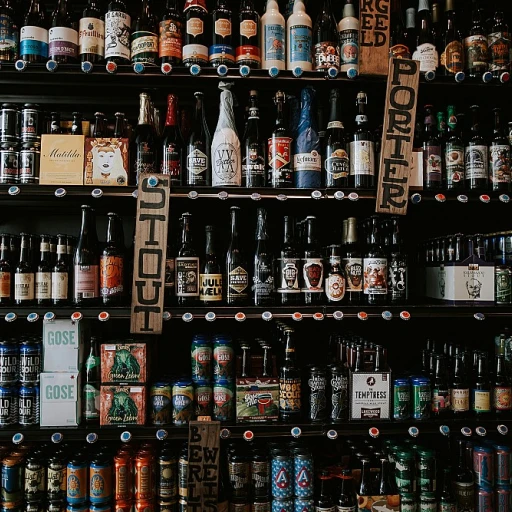
Understanding Your Beer Market
Identifying Your Target Audience and Market Trends
Before diving into crafting your beer marketing plan, it's crucial to gain a deep understanding of your beer market. Identifying your target audience and keeping an eye on market trends will not only help you tailor your brand story but will also ensure the events and social media strategies you employ are effective and engaging.
When analyzing your target audience, consider the following factors:
- Demographics: Look into age, gender, income level, and location to understand who might be most interested in your beer offerings.
- Preferences: Understand what styles of beer are gaining popularity and which ones are declining in your area.
- Purchasing Behavior: Analyze where your potential customers are buying beer – whether it is in stores, at bars, or via online platforms.
Moreover, staying updated with current beer market trends can give you an edge. Monitor shifts in consumer preferences and explore popular flavors or brewing techniques. Dive deeper into the evolving beer culture by reading more about the Buck de Bière phenomenon, which highlights changing preferences and innovations in the beer industry.
By comprehending these aspects, crafting a unique brand story in the subsequent section becomes more informed and aligned with potential customer interests.
Crafting a Unique Brand Story
Building a Compelling Brand Identity
Creating a unique brand story begins with building a compelling brand identity. Your brand isn’t just your logo or label; it’s the personality of your beer. To craft an engaging story, start by considering these attributes:- Values: Decide what core values your brand will represent, like sustainability, community, or tradition.
- Mission: Articulate a clear mission that resonates with your audience's beliefs and desires.
- Vision: Envision where you see your brand in the future, guiding your long-term goals.
Understanding Your Audience
A significant part of your brand story involves understanding your target audience. By knowing who you're speaking to, you can tailor your narrative to meet their expectations and interests. Use these strategies for insights:- Demographics: Take note of age, gender, income level, and lifestyle.
- Preferences: Research their tastes, whether they enjoy hoppy IPAs or rich stouts.
- Trends: Keep an eye on current beer trends to stay relevant.
Consistency Across All Platforms
Your unique brand story should be consistent across all marketing channels. From the label on the bottle to social media posts, every piece of communication should express the same core message.- Visual Elements: Maintain consistent visual elements (e.g., color schemes, fonts) that align with your brand identity.
- Messaging: Develop a brand voice that resonates with your audience and use it consistently in all communications.
- Experiences: Ensure that the customer experience, whether at a brewery tour or beer tasting, reflects your brand story.
Engaging Customers Through Events and Social Media
Connecting With Your Audience
Creating meaningful connections with your customers is essential for your beer brand's marketing success. Hosting events and utilizing social media platforms can be powerful tools for strengthening these bonds.- Social Media Engagement: Leverage platforms like Instagram, Facebook, and Twitter to engage your audience. Share captivating stories about your brewing process, unique ingredients, or the people behind your brand. Encourage user-generated content, such as contests or challenges, to boost interaction and expand your reach.
- Community Events: Organize or participate in local events that resonate with beer enthusiasts. From beer tastings to brewery tours and collaborative events with local businesses, these activities foster a sense of community and provide opportunities for customers to experience your brand firsthand.
- Loyalty Programs: Reward loyal customers with exclusive offers or access to limited edition brews. This not only incentivizes repeat purchases but also strengthens customer relationships by making them feel valued and appreciated.
Developing a Comprehensive Marketing Plan
Executing the Strategies for Maximum Impact
Developing a comprehensive marketing plan involves laying out actionable strategies that effectively reach your target audience and amplify your brand story. This stage of your plan is where aspirations turn into tangible initiatives. Here’s what you should focus on:- Identify Your Marketing Channels:
- Set a Realistic Budget:
- Create a Content Calendar:
- Leverage Collaborative Opportunities:
Analyzing and Adjusting Your Plan
Measure and Iterate for Success
In the ever-changing landscape of the beer industry, it's crucial to regularly assess your marketing efforts to ensure that your beer marketing plan remains effective and relevant. Analyzing the success of your various strategies will enable you to understand what works best for your brand and make informed decisions moving forward. Begin by setting clear metrics and performance indicators. These will guide you in evaluating your marketing objectives. Some of the metrics you might consider include:- Sales Growth: Monitor how your sales numbers correlate with your marketing efforts. Are there any noticeable spikes during specific campaigns?
- Customer Engagement: Examine how your audience interacts with your content across platforms. Consider likes, shares, comments, and overall engagement rates.
- Brand Awareness: Assess the growth in brand recognition and recall, perhaps through surveys or market research.


